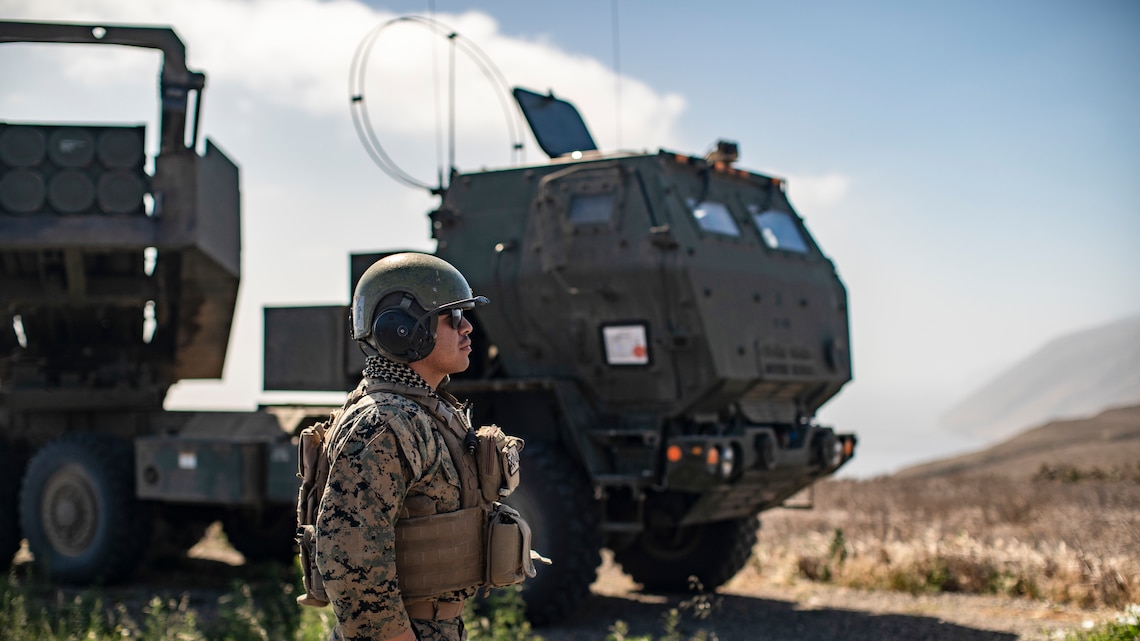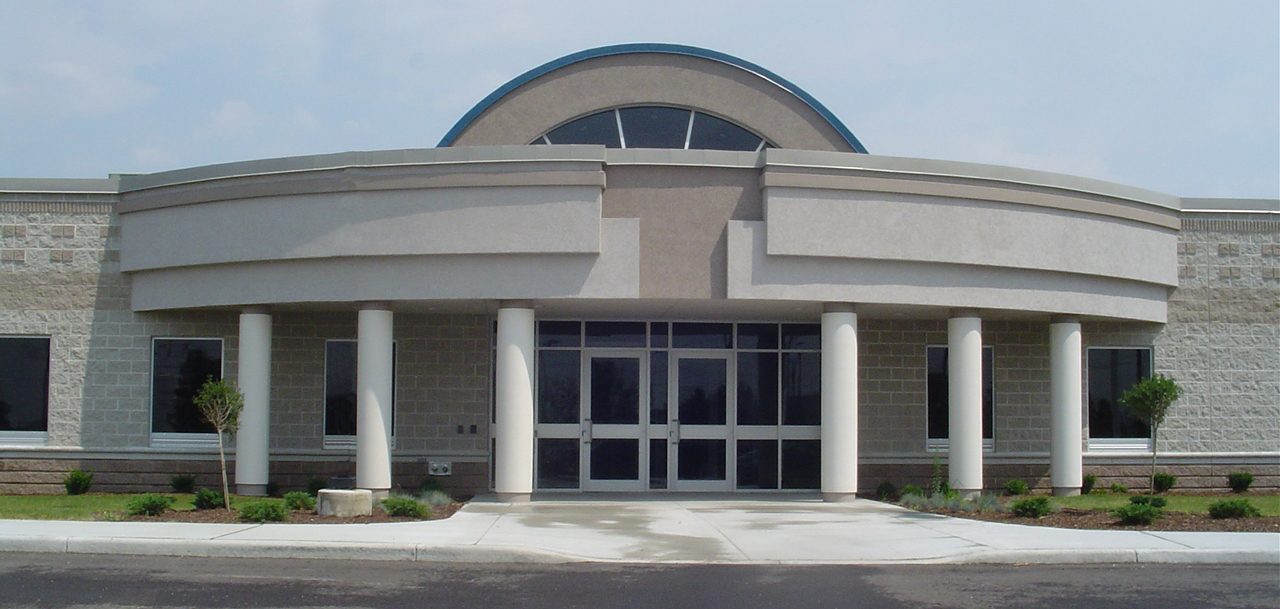Let me start of by saying how much I'm enjoying this thread as well as some similar ones. When I look back over the last two years I find that my approach to the overarching issue about how to fix the Army to maximize its capabilities through better utilizing of the Res F have changed quite a bit by virtue of some of the discussions here as well as through my stepped up research into army transformation brought on by the book Old Sweat and I are working on. There may be a few areas where I'm still digging in my heels but overall there are quite a few ideas here that have changed my mind or reinforced certain thoughts.
10/90 was too small IMHO - as the 10% did 90% of the work

Most of the 10% in my experience got caught up in the administration - and as a result very few of the 10% went into the field force.
Those who did got the shaft - as the reg force 4 year to Cpl clashed with the 2year to Cpl in the Militia - and often there was a sever disparity in experience at the lowest ranks.
Which meant that again those positions either ended up doing more work than their fair share - or got put into more senior jobs.
Then at the SNCO level - the "day staff" ended up either with nearly nothing to do - or doing tasks that should have been done by all.
The officers nearly all ended up sucked into HQ functions - as having been part of Res in the Before - During - After Phases of 10/90, it seemed that the HQ drain spiked during the 10/90 phase - which seems bizarre - given it shouldn't - but I suspect the higher level HQ's had adopted a Reg Force like aspect - and where expecting 5 days of work - in what used to be done either 1 weeknight a week and some RSS and Class B staff.
Agree absolutely for every reason that you state.
I'm also not a fan of the 90/10 concept which looks at individual reservists to fill holes in Reg F units. It doesn't incentivize the system to ever move beyond individual training because there simply is no reason to ever require collective training beyond that platoon/troop level which helps the soldier to see where he fits in as an individual. The system must be organized so that individual COs are responsible for the training and development of both the Reg F and Res F soldiers assigned to his unit.
I think that in order for a XX/YY system to work - the time in grade requirements for the Reserves and the Regular Army needs to be equalled (IIRC the Navy Reserve does 4 years to LS - but I may be wrong). And for dispersed units - some Reg personnel WSE Promoted (I'm a fan of WSE as I only made it to M/Cpl twice and both WSE by the RCR while teaching at their BSL)
Yes but not only that, the DP1 and DP2 training should be identical which is relatively easy to achieve by maximizing the summer training time available for young high school and university students. BUT, having said that, the Army needs to very closely scrutinize their existing course structures from BMQ on up. Many courses have become bloated, and by working simply five-day weeks are entirely too long and unachievable for Res F soldiers. We need to concentrate courses more. In addition we need a better manage the recruiting/training system.
I also believe that Res Units need a real unit base - so using Edmonton as example - all the Edmonton area Res would be based out of CFB Edmonton (yes that can suck for travel times)
Most Reserve Armories (admittedly I am years out of date and only really familiar then with ones in Ottawa, Calgary, Edmonton) aren't ideal for Military Training - in order to create a true Integrated Force - there would be significant infastructure work needed - so troops could actually do some training - even if its just simulation based.
I'm somewhat with you but not all the way.
Let me start by saying that I'm not a fan of the Tuesday night, Thursday night, two weekends a month system. When I was an RSSO the unit did it that way. Tuesday nights were admin, Thurs night training one weekend were BMQ course and the other some form of gunnery. IMHO the only use for the weekday evening activities were to get people to the mess because admin and trg was crappy at best. I'm a fan of one weekend per month and two to three weeks in the summer and all obligatory and rigorously scheduled and planned trg.
In my perfect world there would be five or six depot battalions spread across the country each located at one of the primary divisional training centres. Each depot battalion would have one depot company at each of its major urban centres. Their responsibility would be Army wide recruiting and NCM DP 1 and DP 2 training for the whole Army, Reg F and Res F. Recruits would go onto a BTL managed by the depot bn and stay there until DP1 qualified at which point they would be "posted" to their Reg or Res F unit. Summers would be used for large scale training but some training would also be available over the winter months for both Reg F personnel and those Res F personnel available to take the training. All officer training and NCM DP3 and above training is conducted at centralized schools. Officer DP1 for the most part should align with MilCol summer training cycles and be identical for both.
If you reduce the focus of unit training to refresher training and annual collective training, then the local armouries become more of a gathering place and lecture hall. I wouldn't close any of them for starters but would certainly do a study to determine how best to consolidate facilities as one starts to consolidates and restructures units. Quite frankly though, a city like Montreal can generate around a 1,000 reservists (and should be able to generate more). Considering that these are split along about a dozen company sized battalions/regiments at this time you'll still need several armouries to accommodate them especially if each of a 30/70 bde HQ, inf bn HQ, engr regt HQ, Fd Amb HQ, Svc bn HQ and a dozen or more full company-sized subunits work out of there.
I see these armories as the place where the full-time administrative/training staffs work out of and as the gathering place for the Class As. Some training would be classroom oriented and take place there but for the most part its where the busses pick them up on a Friday night to go to the ranges for their one weekend per month; the place where their weapons are stored and where their QM/CQMS operates out of, and, to an extent where some of their vehicles and heavier gear might be stored.
As a final thought, there aren't many Edmontons around - maybe Toronto's Dennison - but most urban centres have no large bases or, like in Halifax, Victoria and Winnipeg, belong to the Navy or Air Force and aren't "fitted for" soldiers. Changing to "super centres" with adjacent training areas is impractical. Most of the ARNG and USAR armouries are even smaller company sized facilities in small urban centres with the advantage of decent sized parking lots for all their issued vehicles. They too have to travel to central range facilities and seem to have few command and control problems with these distributed subunits. Personally, if money was available for infrastructure changes, I'd like to see the Army buy up surplus shopping malls in the suburbs (especially if they have an old Canadian Tire service centre attached), fence in the parking lot and turn them into battalion/company bases.
Every solution to making at real attempt at a credible Force 2025 is either ensnared by Cap Badge politics (Reg AND Res), or Political spinelessness, and budget issues.
I don't see budget as a problem. Making a greater use of the reserves should be, at worst cost neutral, and, at best, could result in annual manpower cost savings. Initially these changes could also be made equipment neutral and again, a proper reorganization could rationalize equipment and result in maintenance cost savings.
We do have capability deficiencies which need to be addressed and which will cost $$$ but those are organizationally neutral. They are what they are.
Leaving aside the Chretien administration and the Trudeau administration who are not so much spineless but are folks who never truly understood the purpose of a military and both considered there is no need for it The Martin and, for the most part, the Harper administrations had spines but were let down by a military leadership whose visions were for the most part obsessed by the wrong imperatives. Their visions were limited to an extent in trying to define themselves as "not Cold War but OOTW". Yugoslavia for the most part was a success albeit it required the division of a nation into its ethnic parts. It gave our leadership the feeling that this was the way to go. They tried the same thing in Afghanistan but instead of dividing a fractious country into its constituent parts tried to make a whole western nation out of it. With perfect 20/20 hindsight one can say that was clearly doomed to fail big time. We spent a lot of treasure on that and learned a lot of false lessons. Throughout, the CAF leadership has progressed onward aimlessly spending billions to replace aging but useable equipment rather than buying critical equipment it abandoned as unnecessary during our infatuation with OOTW and in inflating its headquarters to the point where its a monstrous drain on the budget and a real stumbling block to progress.
As for cap badge politics. We'll that's just plain stupid. 15-18,000 reservists in 130 plus battalion sized units with all the trappings of regimental command and no plan for wartime expansion. That's just plain stupid. Three Reg F brigade groups based on three different infantry regiments who all need to have an identical piece of the pie. That's just plain stupid. Honestly, besides suspending GOFOs for their mishandling of sexual misconduct matters we should really be investigating them for negligent performance of duty. After 20 years of transformation they have built a military that is incapable of going to war if required.
Rant off. Leaving site to do other things.


:quality(70)/cloudfront-us-east-1.images.arcpublishing.com/mco/ROVY757ADVCPHLBEFK5ONQENAM.jpg)

www.defensenews.com








